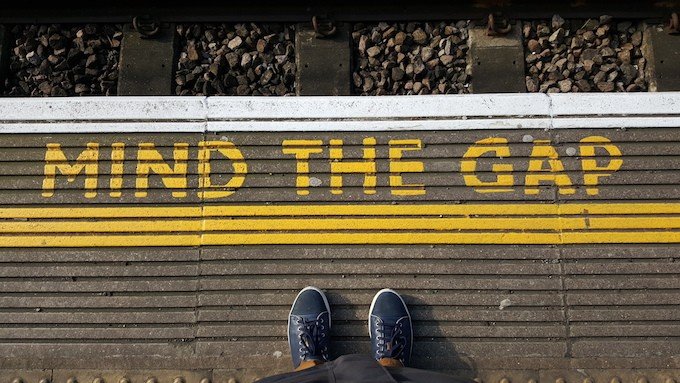
Conversations about diversity in the workforce are already on high volume and will only get louder around International Women’s Day this month. Although diversity isn’t just about women there is sure to be renewed discussion about pay gaps, glass ceilings and inappropriate behaviour toward women in the workplace. Role models of successful women will come to the fore including our own prime minister who is leading the way on the issue of working mums and their right to have both a family and a career.
As a nation, Kiwis feel very strongly about equality and equal rights. Our recent work exploring New Zealand culture [1] has reaffirmed the Kiwi hardwired sense of fairness, which we see emerges in a belief in social equivalence for example – one of the Kiwi codes we identified. Kiwis feel passionately that we should behave in a way that gives everyone a fair go and equal opportunity so it vexes us that, while business and the economy are doing well, social conditions are getting worse for many people [2].
Another code that we identify with as New Zealanders is our self-determination, so it’s not surprising we support the rights of women and are proud to have a strong history in women’s suffrage. (September 2018 marks 125 years since women were given the vote in New Zealand the first self-governing country in the world to grant the right to vote to all adult women.) And we can also be somewhat proud of our record in climbing gradually up the Global Gender Gap Index, ranking ninth in the world in 2017 (compared to 35th for Australia – Iceland takes out the top spot).
But it’s not just about fairness and the moral high ground. For marketing and communications, it’s also about how effectively we communicate with women as employees, as customers and as shareholders.
Whereas the IPA is responsible for the bounty of evidence that demonstrates how advertising works, it is the recruitment industry that has led the way in understanding the impact of who created the advertising – specifically the sex of the creator – and the gender bias in the language used to communicate.
Motivated by the desire to attract more women to apply for advertised roles, companies have tested ads written by men versus those written by women for the same position. What they found was that the ads written by women attracted significantly more female applicants.
When these ads were reviewed there were no obviously discernible differences between those written by men or by women. Equally, the applicants themselves couldn’t detect any bias yet the results were unequivocal. Trained semioticians carrying out discourse analysis on the text were able to identify linguistic differences where the untrained eye had not and this analysis is informing the process of achieving gender-neutral language and style in recruitment ads. Software products are now available to do the job for you because, however well-intentioned, it seems that human beings cannot help unconsciously conveying gender bias when they communicate.
So extrapolate from that to the advertising industry and consider the very many ads written by male creatives that are intended for a female audience – or even a general audience which means that half will be women.
When we create communication material we are creating meaning in deliberate and also in unintentional ways. We inadvertently use signs and signals – linguistic and visual – that convey messages coded into the communication. Look how often we see brands make cultural missteps that no-one picked up before release because someone missed seeing the cultural context. But these are the overt signs that are obvious to us all, whereas the biases the recruitment analysis picked up was much more subtle and covert.
In the last decade, thanks to the work of the IPA, we have come to a much better understanding of how advertising works. Specifically relevant to the issue of gender bias is what we have learned about unconscious processing, one of the key findings of the IPA research. Not only are people unaware of much of what we see, though none the less still influenced by it, but also even when we are conscious of advertising material it works upon us at an unconscious emotional level. And it is this emotional response to covert signals in the recruitment ads that caused the strong skew toward female applicants.
Consider then that maybe having a few more women in the creative departments might result in comms that attract better unconscious responses from women. Whether or not women consciously recognise advertising that is created by women for women, it seems that they may be unconsciously drawn more strongly to it and therefore identify with the brand it is representing.
Currently around one in ten creative directors are female and although the ratio is higher across the whole creative team it certainly doesn’t align with the estimates that say 75 percent of purchase decisions are either made or significantly influenced by women. Most advertising, therefore, is created by men for women.
This is not intended in any way to be a criticism of the creative brilliance of the men in the creative teams in advertising nor is it suggesting any lack of sensitivity on their part toward their audience, but none of us is immune to the unintentional covert meanings we create.
So, let’s lead the way again New Zealand and make our ratio of women creatives the envy of the world. Oh, and get a woman to write the recruitment ad.
[1] The Kiwi Cultural Codes were developed as a collaborative project between TRA and True
[2] The New Zealand Values and Attitudes Survey lead by Professor Chris Selby, Auckland University





